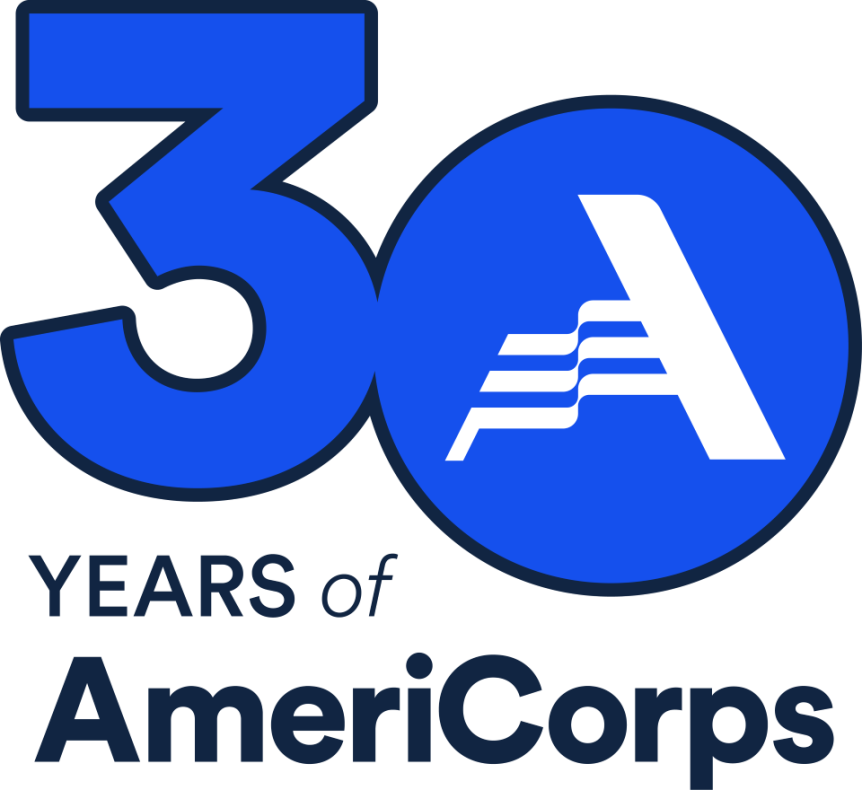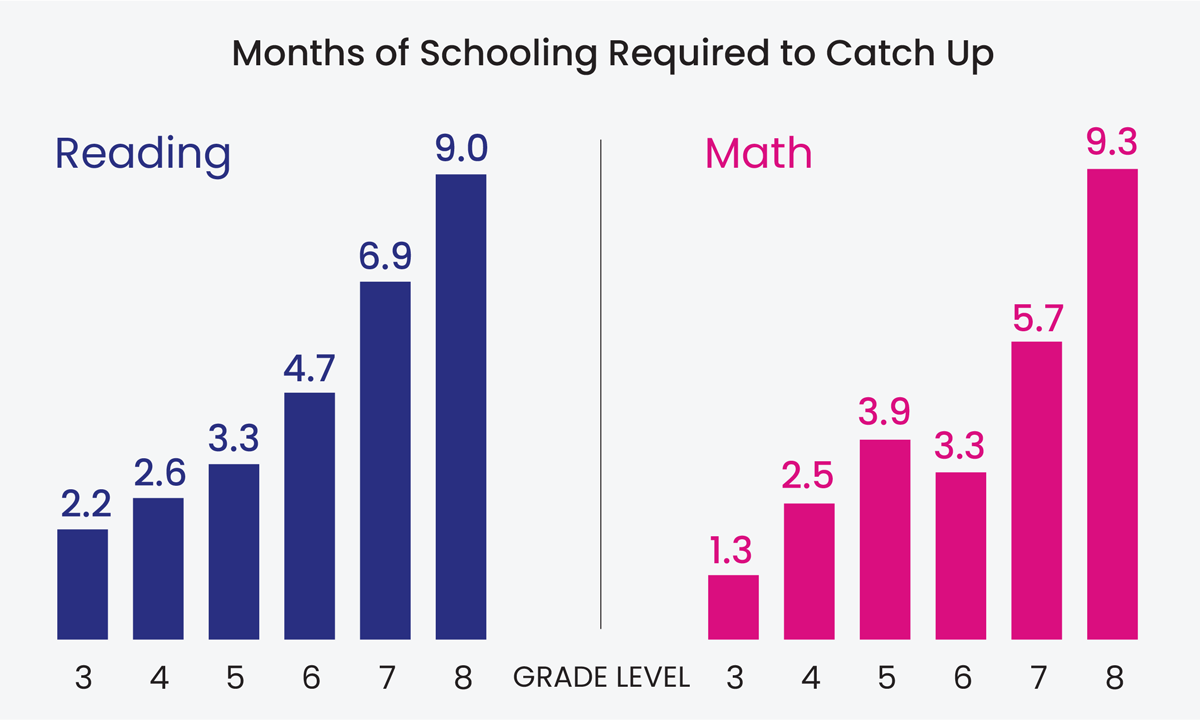
By Jonathan Haidt and Will Johnson New York Times
Sept. 17, 2024
Dr. Haidt is a social psychologist at New York University’s Stern School of Business; Mr. Johnson is the chief executive of the Harris Poll.
This article has been updated to reflect news developments.
Was social media a good invention? One way to quantify the value of a product is to find out how many of the people who use it wish it had never been invented. Feelings of regret or resentment are common with addictive products (cigarettes, for example) and addictive activities like gambling, even if most users say they enjoy them.
For nonaddictive products — hairbrushes, say, or bicycles, walkie-talkies or ketchup — it’s rare to find people who use the product every day yet wish it could be banished from the world. For most products, those who don’t like the product can simply … not use it.
What about social media platforms? They achieved global market penetration faster than almost any product in history. The category took hold in the early aughts with Friendster, MySpace and the one that rose to dominance: Facebook. By 2020, more than half of all humans were using some form of social media. So if this were any normal product we’d assume that people love it and are grateful to the companies that provide it to them — without charge, no less.
But it turns out that it can be hard for people who don’t like social media to avoid it, because when everyone else is on it, the abstainers begin to miss out on information, trends and gossip. This is especially painful for adolescents, whose social networks have migrated, since the early 2010s, onto a few giant platforms. Nearly all American teenagers use social media regularly, and they spend an average of nearly five hours a day just on these platforms.
So what does Gen Z really think about social media? Is it more like walkie-talkies, where hardly anyone wished they had never been invented? Or is it more like cigarettes, where smokers often say they enjoy smoking, but more than 71 percent of smokers (in one 2014 survey) regret ever starting?
We recently collaborated on a nationally representative survey of 1,006 Gen Z adults (ages 18-27). We asked them online about their own social media use, about their views on the effects of social media on themselves and on society and about what kinds of reforms they’d support. Here’s what we found.
First, the number of hours spent on social media each day is astonishing. Over 60 percent of our respondents said they spend at least four hours a day, with 23 percent saying they spend seven or more hours each day using social media. Second, our respondents recognize the harm that social media causes society, with 60 percent saying it has a negative impact (versus 32 percent who say it has a positive impact).
Turning to their own lives, 52 percent of the total sample say social media has benefited their lives, and 29 percent say it has hurt them personally. Although the percentage citing specific personal benefits was usually higher than those citing harms, this was less true for women and L.G.B.T.Q. respondents. For example, 37 percent of respondents said social media had a negative impact on their emotional health, with significantly more women (44 percent) than men (31 percent), and with more L.G.B.T.Q. (47 percent) than non-L.G.B.T.Q. respondents (35 percent) saying so. We have found this pattern — that social media disproportionately hurts young people from historically disadvantaged groups — in a wide array of surveys.
And even when more respondents cite more benefits than harms, that does not justify the unregulated distribution of a consumer product that is hurting — damaging, really — millions of children and young adults. We’re not just talking about sad feelings from FOMO or social comparison. We’re talking about a range of documented risks that affect heavy users, including sleep deprivation, body image distortion, depression, anxiety, exposure to content promoting suicide and eating disorders, sexual predation and sextortion, and “problematic use,” which is the term psychologists use to describe compulsive overuse that interferes with success in other areas of life. If any other consumer product was causing serious harm to more than one out of every 10 of its young users, there would be a tidal wave of state and federal legislation to ban or regulate it.
Turning to the ultimate test of regret versus gratitude: We asked respondents to tell us, for various platforms and products, if they wished that it “was never invented.” Five items produced relatively low levels of regret: YouTube (15 percent), Netflix (17 percent), the internet itself (17 percent), messaging apps (19 percent) and the smartphone (21 percent). We interpret these low numbers as indicating that Gen Z does not heavily regret the basic communication, storytelling and information-seeking functions of the internet. If smartphones merely let people text each other, watch movies and search for helpful information or interesting videos (without personalized recommendation algorithms intended to hook users), there would be far less regret and resentment.
But responses were different for the main social media platforms that parents and Gen Z itself worry about most. Many more respondents wished these products had never been invented: Instagram (34 percent), Facebook (37 percent), Snapchat (43 percent), and the most regretted platforms of all: TikTok (47 percent) and X/Twitter (50 percent).
Our survey shows that many Gen Z-ers see substantial dangers and costs from social media. A majority of them want better and safer platforms, and many don’t think these platforms are suitable for children. Forty-five percent of Gen Z-ers report that they “would not or will not allow my child to have a smartphone before reaching high school age (i.e. about 14 years old)” and 57 percent support the idea that parents should restrict their child’s access to smartphones before that age. Although only 36 percent support social media bans for those under the age of 16, 69 percent support a law requiring social media companies to develop a child-safe option for users under 18.
This high level of support is true across race, gender, social class and sexual orientation, and it has important implications for the House of Representatives, which is considering just such a bill, the Kids Online Safety Act. The bill would, among other things, disable addictive product features, require tech companies to offer young users the option to use non-personalized algorithmic feeds and mandate that platforms default to the safest settings possible for accounts believed to be held by minors.
On Tuesday, in response to mounting pressure from child-safety groups and the threat of regulation, Meta announced new settings and features on the Instagram accounts of teen users, to address concerns about safety and sleep deprivation. While we welcome this first step, we remain cautious; Meta has long been accused of prioritizing profit over the safety of its youngest users, which, of course, Meta denies.
Social-media platforms serve as communication platforms, which means any reforms must respect First Amendment protections; the House measure seeks to do this by focusing on what content is being recommended to kids through their algorithms, not on what kids are posting or searching for. But even so, imagine if walkie-talkies were harming millions of young people. Imagine if more than a third of young people wished that walkie-talkies didn’t exist, yet still felt compelled to use them for five hours every day.
If that were the case, we would take action. We’d insist that the manufacturers make their products safer and less addictive for kids. Social media companies must be held to the same standard: Either fix their products to ensure the safety of young users or stop providing them to children altogether.More on the pernicious effects of social media.
Graphics by Aileen Clarke.
Jonathan Haidt, a social psychologist at New York University’s Stern School of Business, is the author of “The Anxious Generation.” Will Johnson is the chief executive of the Harris Poll.
The Times is committed to publishing a diversity of letters to the editor. We’d like to hear what you think about this or any of our articles. Here are some tips. And here’s our email: letters@nytimes.com.
Follow the New York Times Opinion section on Facebook, Instagram, TikTok, WhatsApp, X and Threads.A version of this article appears in print on Sept. 22, 2024, Section SR, Page 8 of the New York edi

















